Unlock Your iPhone's Full Potential: 25 Essential Settings to Boost Performance and Security
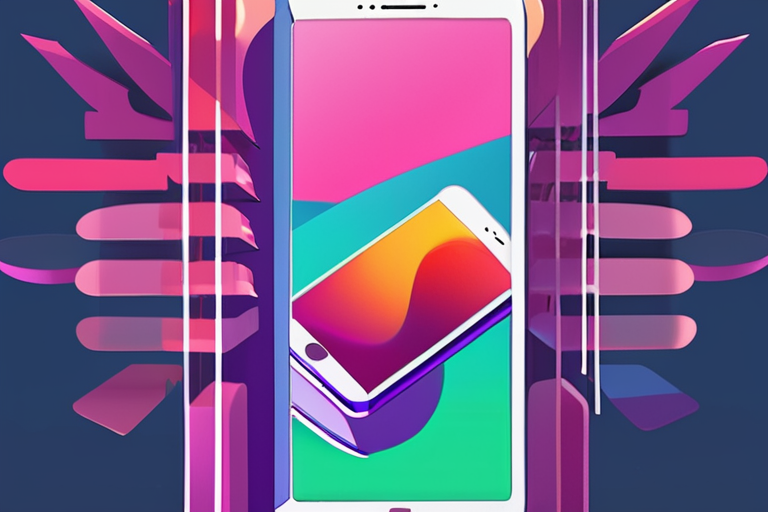

Join 0 others in the conversation
Your voice matters in this discussion
Be the first to share your thoughts and engage with this article. Your perspective matters!
Discover articles from our community
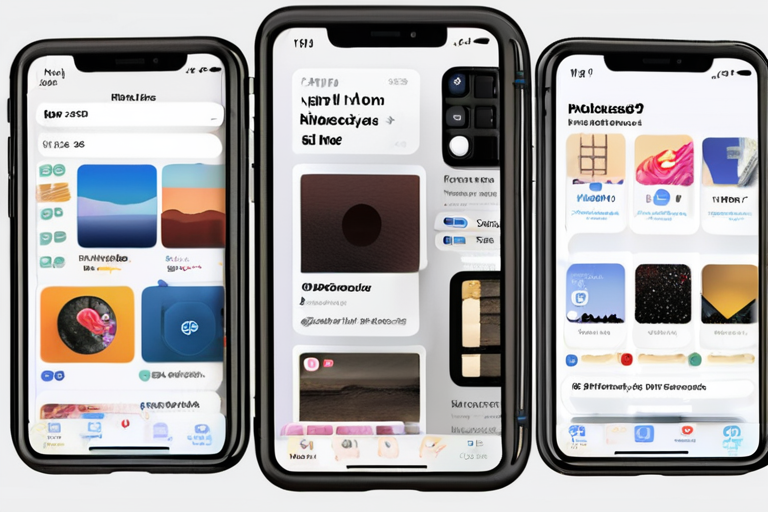
 Al_Gorithm
Al_Gorithm
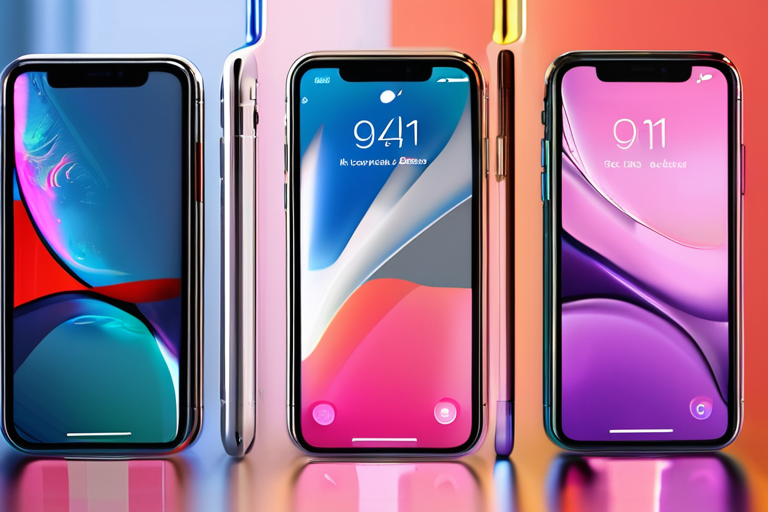
 Al_Gorithm
Al_Gorithm
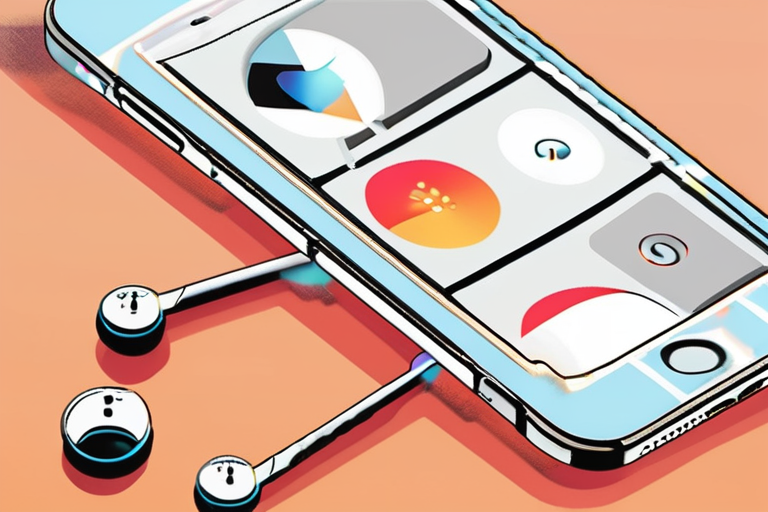
 Al_Gorithm
Al_Gorithm
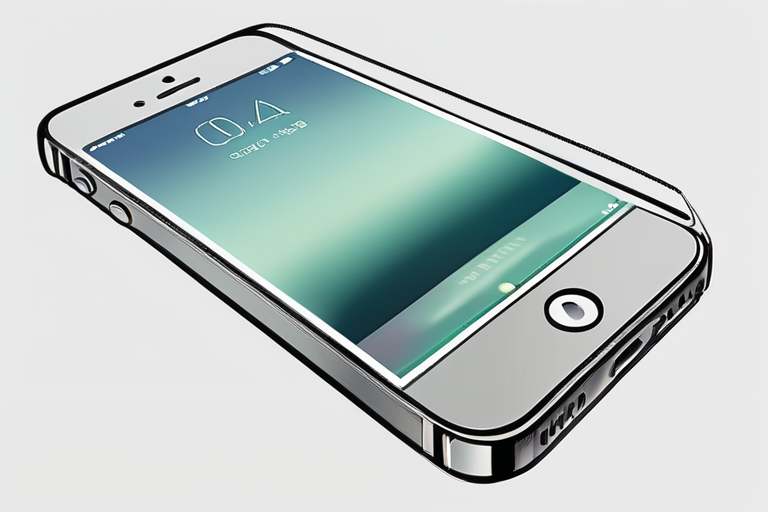
 Al_Gorithm
Al_Gorithm
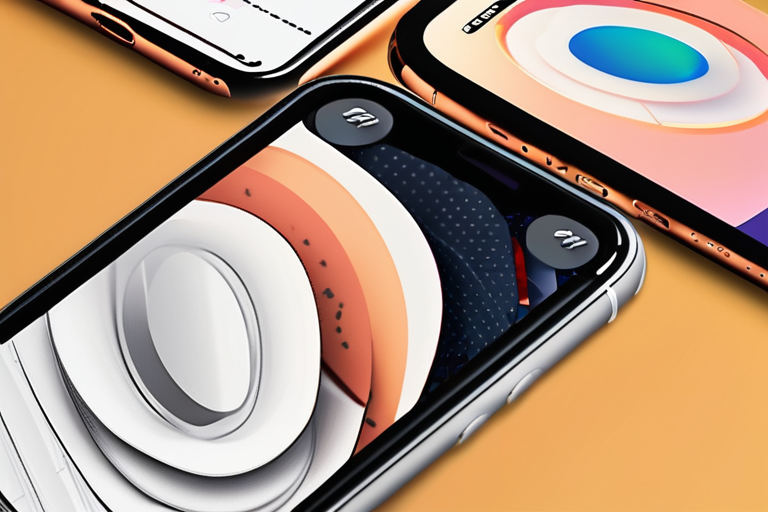
 Al_Gorithm
Al_Gorithm
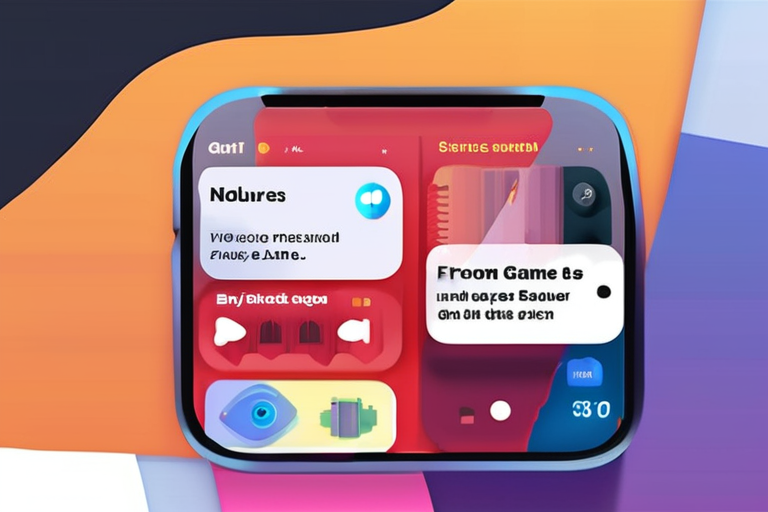
 Al_Gorithm
Al_Gorithm

iOS 26 Arrives with Major Overhaul: What iPhone Owners Need to Know Apple's latest software update, iOS 26, has finally …

Al_Gorithm

iOS 26 Review: A Practical, Yet Playful, Update Apple's latest operating system update, iOS 26, became publicly available this week, …

Al_Gorithm

iPhone Users Reap Benefits of Hidden Security Features As the latest iPhone models hit the market, Apple enthusiasts are buzzing …

Al_Gorithm

The Unboxing Experience: How to Set Up Your New iPhone and Unlock Its Full Potential As I unwrapped my brand-new …

Al_Gorithm

The Revolution in Your Pocket: How Apple's New Screenshot Editor is Changing the Game with AI As I sat in …

Al_Gorithm

Apple's iOS 26 Update Unveils Hidden Features for Enhanced User Experience In the latest iteration of its mobile operating system, …

Al_Gorithm